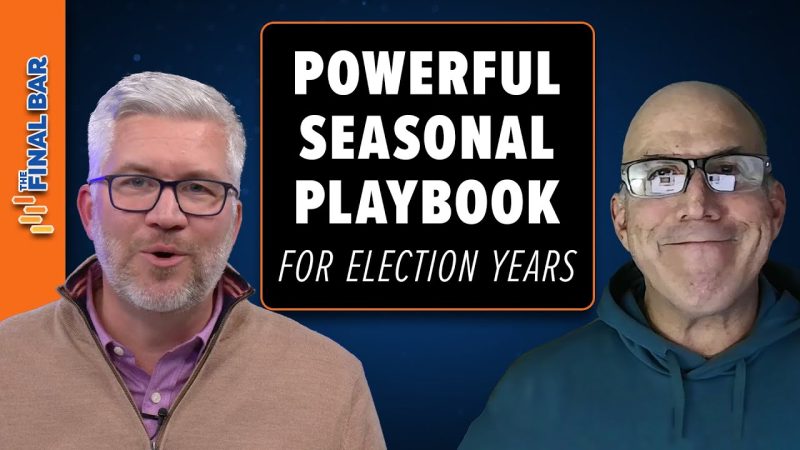Every election year is full of unpredictable surprises. That’s why it’s essential for investors to have a smart and adaptive strategy to navigate through the fraught political period and still maximize their returns. By following a seasonal playbook for election years, investors can come out on top even during the choppiest of markets.
One of the primary paths to success in investing during election years is staying informed and up-to-date. Election years are filled with potential economic shifts, largely contingent upon the change in political leadership. With all of the adoptions and reforms that come with a new political party taking power, the market can become volatile. This makes it crucial to be up-to-date on all economic news and prepared to act quickly to reposition assets if needed.
Another important step in maintaining a steady investment strategy in election years is to diversify. The key is to spread investments across asset classes, both domestically and internationally, while avoiding excessive risk-taking. Diversification reduces a portfolio’s chance of being overexposed to any one asset class, allowing for potential growth in the face of market volatility.
Investors should also consider the “campaign effect” when creating and monitoring their strategies. This phenomenon occurs when a political candidate or party promises a policy change that negatively impacts a particular industry, causing the corresponding industry’s stock prices to drop. Those who are monitoring the situation and positioned correctly can take advantage of the volatility in stock prices and look to sell or short-sell before the stock price takes a dip.
Ultimately, the best strategies for investing during election years require a well-crafted combination of research and diversification. The volatility of election years is unavoidable, but by systematically following a playbook tailored to election years investors can come out on top. By staying informed, diversifying, and monitoring the ‘campaign effect,’ investors can make the most out of election years and still come away with a positive return.































